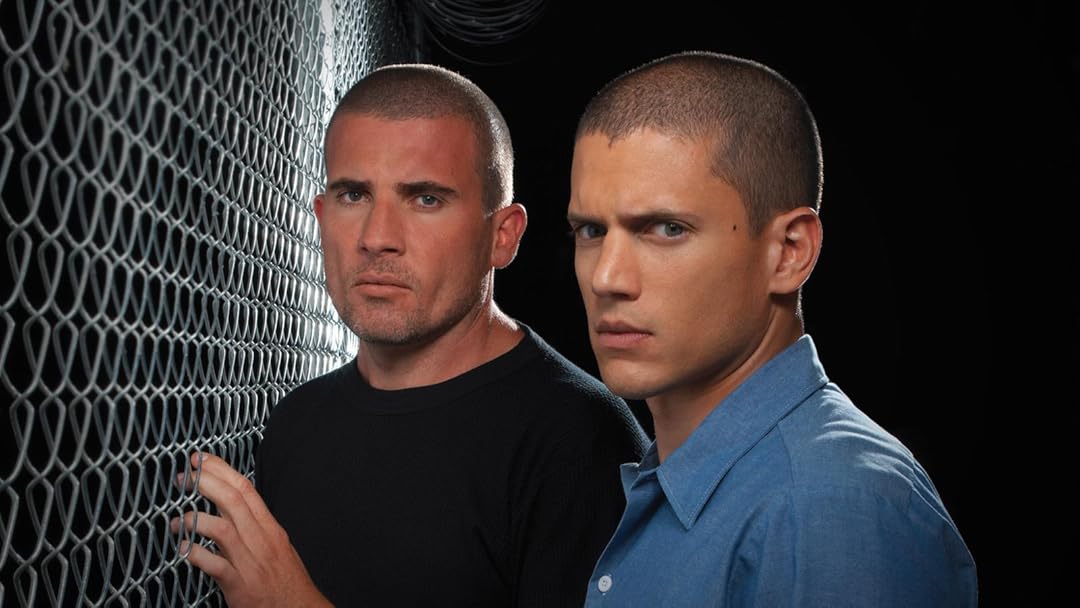By fusing intricate ideas of space and time with breathtaking graphics, Interstellar revolutionized the sci-fi genre when it debuted in theaters in 2014. In addition to telling a tale, Christopher Nolan’s picture, which was supported by theoretical physicist Kip Thorne, took viewers on a dizzying ride that defied science, twisted the imagination, and left us wondering about our role in the cosmos. Through its ambitious narrative, Interstellar addressed issues such as time dilation, the impact of gravity on time, and human survival in a way that was both thought-provoking and breathtaking.
Interstellar’s use of time, both in the plot and in the experience it offers viewers, is among its most intriguing features. The film investigates the notion that time is a dimension that may be compressed or stretched in response to gravity rather than a constant. This is best seen on the water-covered planet Miller, where time is much slower than it is on Earth due to the strong gravity. Seven years back home are equal to every hour spent on Miller’s surface. Every minute spent exploring Miller equates to years missed with loved ones back on Earth, adding to the emotional weight and sense of urgency brought on by this terrifying time dilation.
One of the film’s most distinctive and unsettling elements is Hans Zimmer’s eerie soundtrack, which emphasizes the idea of time as a flexible force. A day on Earth is symbolized by each tick of the music in one of the most famous scenes. This ticking sound serves as a continual reminder of the unrelenting passage of time and the price of each moment the astronauts spend on the planet, not merely a decorative element. Even if we’re safe in our seats, the hypnotic tick-tock pattern is a tactile way for anyone who has lost themselves in it to sense time passing. Beyond just music, Zimmer’s score creates an immersive layer that gives time a tangible presence—almost like a personality unto itself.
Additionally, Nolan skillfully crafts scenes that challenge our perception of reality. The film’s visual representation of the fifth dimension, where Cooper, our protagonist, finds himself near the end, is one of these mind-bending images of a five-dimensional “tesseract.” Cooper can engage with historical moments through the tesseract, which displays several iterations of the same room (Murph’s bedroom) in various eras. By doing this, he challenges the linearity of past, present, and future by communicating with his daughter across time. It’s a confusing and intensely emotional event for the viewer. We are shown that time is a vast framework that may connect moments and memories in ways that are beyond our everyday comprehension. It is not just something we pass through.
The science underlying Interstellar is mind-bending and fascinating. Through his input, Kip Thorne made sure that the depictions of time dilation, wormholes, and black holes were grounded in actual scientific theory, going beyond what Hollywood typically dares to show in science fiction. Thorne’s equations were used to carefully compute and visualize Gargantua, the supermassive black hole the characters confront, offering viewers one of the most scientifically accurate depictions of a black hole in a motion picture. Not only is the image striking, but it also embodies intricate astrophysics as light bends and swirls around its gravitational attraction.
Since it is both a cinematic experience and a philosophical investigation, Interstellar is unique. Viewers are left wondering about the science of the cosmos as well as the emotional bonds that bind us by Nolan’s surreal depiction of time, gravity, and love as a transcendent force. Beyond the realm of science fiction, the film explores the question of whether love is the one power that transcends space and time.
In the end, Interstellar is a film that invites rewatching and in-depth reflection because it is a cinematic voyage through a wormhole of science, emotion, and imagination. The way the movie manipulates time, both conceptually and emotionally, results in a confusing, thrilling, and singularly unforgettable experience. Ultimately, Interstellar wants us to do more than only observe; it wants us to ponder, reflect, and sense the passing of time in our own lives, one heartbeat at a time.
















